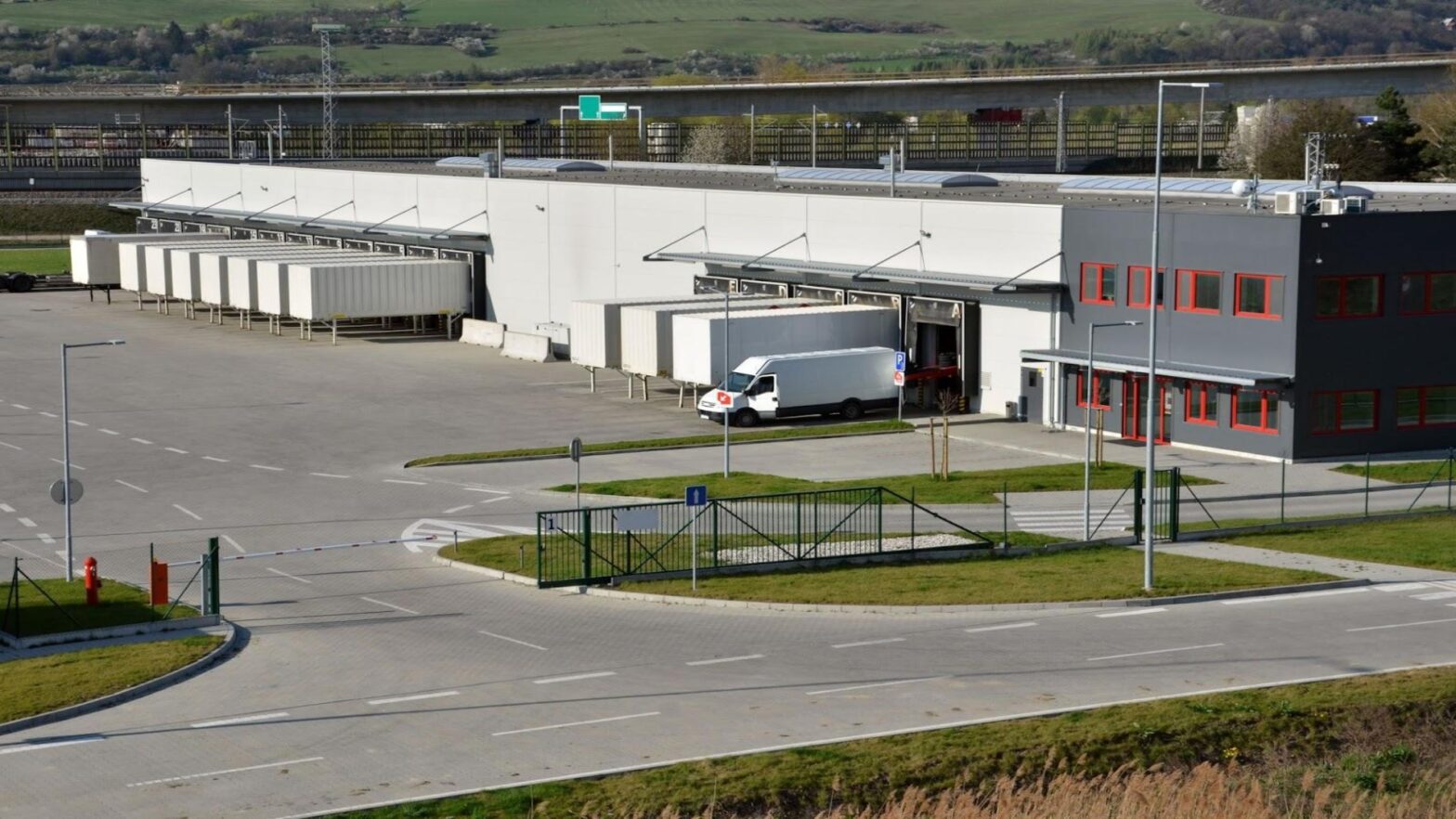(Feature Image: Smart entry systems for warehousing and logistics. Credit: Jozef Culák/iStock)
In the fast-paced world of warehousing and logistics, every second counts. From strict delivery windows to 24/7 operations, the industry depends on streamlined workflows, secure facilities, and precise movement of goods and people. As the demand for efficiency and security continues to grow, so too does the technology supporting it, particularly in the realm of smart entry systems.
Smart entry systems are transforming how warehouses and logistics hubs manage site access. Gone are the days of manual gates, clipboard check-ins, and unsecured perimeters. Today’s systems combine automation, digital access control, surveillance integration, and real-time monitoring to create entry points that are as intelligent as they are secure.
Why warehouses need smart access control
Warehouses are no longer just storage spaces. They’re complex, high-traffic environments where contractors, freight companies, staff, and visitors come and go at all hours. Managing this movement manually is not only inefficient, but risky. Smart entry systems offer a solution that helps logistics operations stay compliant, competitive, and secure.
Key benefits include:
- Improved site security through restricted and logged access
- Faster vehicle movement with automated gates and ANPR (automatic number plate recognition)
- Reduced labour costs by removing the need for gatekeepers or manual check-ins
- Integration with warehouse management systems (WMS) and broader security networks
- Audit trails and access records to meet compliance and insurance requirements
The right system actively supports warehouse efficiency and risk mitigation.
The rise of integrated smart gate systems
At the centre of many smart entry systems is the automated gate. In high-volume industrial settings, commercial gate automation has become the go-to solution for controlling vehicle and pedestrian access. These gates can be triggered remotely, linked with scheduling systems, and fitted with safety sensors to prevent incidents.
Options such as sliding gates, swing gates, and boom gates can all be automated to suit the site layout and operational flow. When combined with other access tech—like RFID cards, PIN pads, intercoms, or biometric scanners—they provide a fully secure and seamless entry experience.
Forward-thinking providers work closely with warehouse operators to design and install custom commercial gate automation systems that integrate with existing workflows, software, and safety protocols. This approach allows facilities to maintain speed and safety without compromising on security.
ANPR and smart scheduling
One of the most powerful additions to modern access control is automatic number plate recognition (ANPR). This technology allows gates to automatically open for authorised vehicles based on pre-approved schedules, removing the need for drivers to stop, call in, or wait for someone to grant access.
This is particularly useful for logistics sites with regular inbound and outbound deliveries. Vehicles can be pre-registered, and access granted only during specific time windows, cutting down on congestion, driver wait times, and the risk of unauthorised entry.
Paired with scheduling software, ANPR-enabled gates ensure vehicles arrive when expected, are processed quickly, and leave on time. It’s a small change that makes a massive impact on operational flow.
Remote control and real-time monitoring
Cloud-based platforms now allow site managers to monitor gate activity, grant or revoke access, and track movement across multiple locations from anywhere. For multi-site operators or logistics providers with large fleets, this centralised control is a game-changer.
Managers can:
- Receive alerts when unauthorised access is attempted
- Open or lock down gates remotely
- Generate access reports in seconds
- Update user permissions instantly without reissuing keys or fobs
This level of control is not just about convenience—it provides critical responsiveness in emergency scenarios, supports workplace safety, and reinforces accountability across teams.
Customisation for complex facilities
No two logistics or warehousing operations are the same. Site layouts, security levels, and traffic volumes vary widely, which is why flexibility is key when selecting entry systems. A well-designed smart entry system should cater to:
- Multiple entry points for staff, visitors, and deliveries
- Large vehicle access, including B-doubles and heavy freight
- Shared access between tenants in industrial parks
- Integration with other systems like CCTV, alarms, and fire control
Whether it’s a logistics terminal handling thousands of daily vehicle movements or a smaller warehouse with controlled access needs, smart gate systems can be scaled and customised to suit.
Sustainability and energy efficiency
Smart entry systems can also support sustainability goals. Automated gates reduce the need for idle engines at manual checkpoints, lower lighting requirements at manned access booths, and reduce paper-based sign-in systems.
Some providers now offer solar-powered gates, low-voltage automation systems, and motion-activated lighting as part of their solutions, helping warehouses align with broader ESG (environmental, social, and governance) objectives.
Planning for the future
As automation continues to define the next generation of logistics operations, entry systems will only become more intelligent, connected, and predictive. From AI-driven access analytics to facial recognition and mobile phone credentials, the future of warehouse access is fully digital.
For warehouse developers and operators, now is the time to rethink access control not as a one-off installation, but as an evolving part of your site’s infrastructure. The benefits of smarter entry systems are immediate, but the long-term payoff in security, productivity, and control is even greater.
Final thoughts
In a sector where time is money and security is non-negotiable, smart entry systems offer a powerful way to optimise operations. Through technologies like ANPR, remote access control, and commercial gate automation, warehouses and logistics sites can gain the upper hand, reducing risk, cutting costs, and preparing for the future.



























